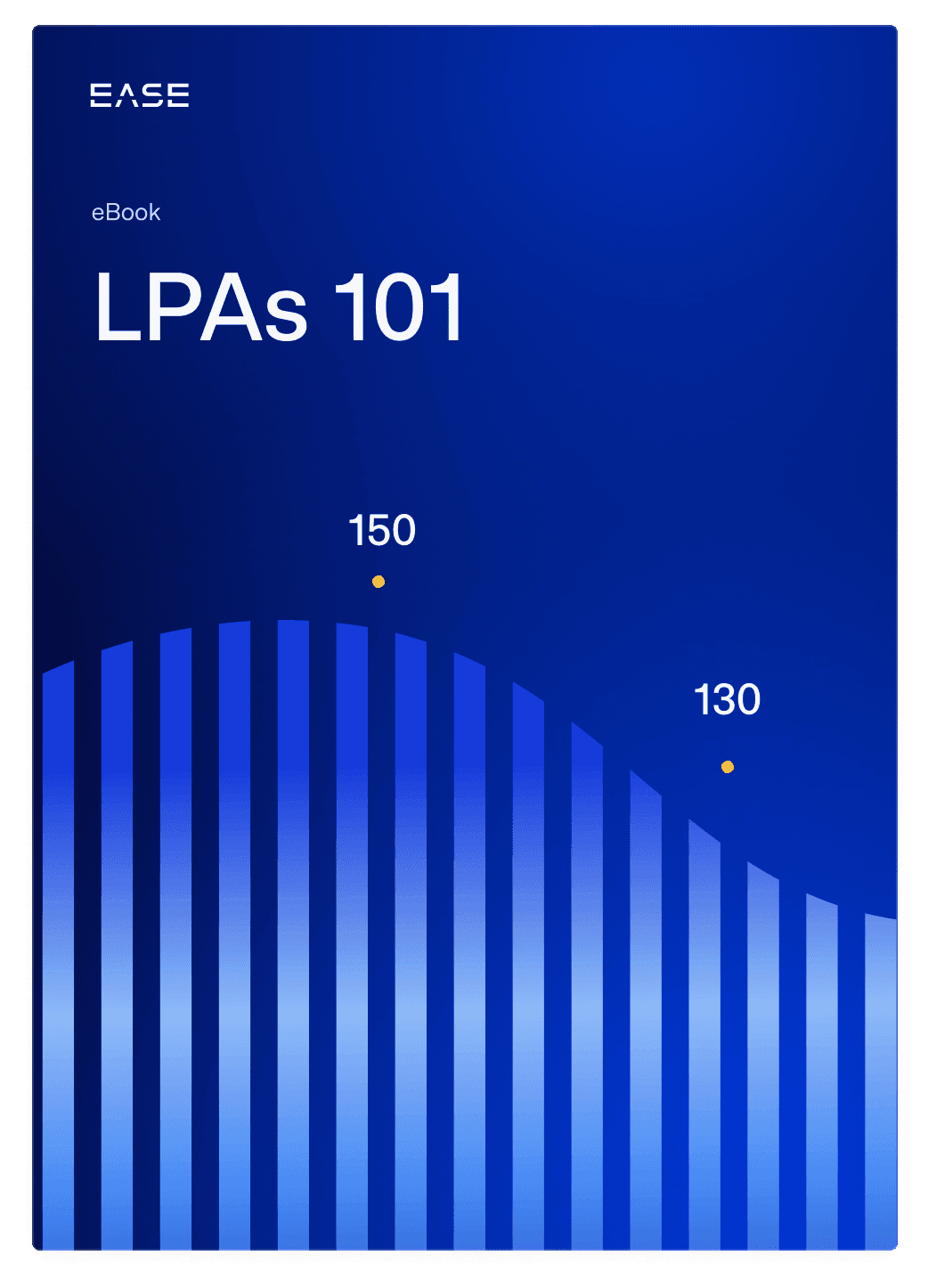Layered Process Audits: Should Different Layers Ask Different Questions?

Creating a robust question library is the foundation for success with layered process audits, and also one of the most challenging steps of implementation. One reason is that questions for layered process audits (LPAs) must specific while being simple enough for non-experts to understand.
One question that came up recently during our webinar on optimizing LPA questions is whether or not plants should use different questions for different layers of auditors.
The answer is, it depends.
To dig deeper into the question, we gathered perspectives from three different experts on situations where it’s appropriate and drawbacks to this approach. Experts we talked to include Marie Křížková, Integrated Management System Manager at Eissmann, Richard Nave of The Luminous Group, and Travis Carlton, Customer Success Manager at EASE.
Download your free Ultimate Guide to Layered Process Audits for more LPA question best practices, examples, and tips
Using Layer 3 Audits to Start a Discussion
Nave says his team generally advises against having layers ask different sets of questions. However, he says some plants he’s worked with will tag questions specifically for higher layers. The assumption is that all questions should apply to layers 1 and 2, only tagging specific questions for use in layer 3 checklists.
“Layer 3 questions tend to be more discussion-oriented, giving opportunities for the plant manager or executives to talk about things more with the operator,” he says.
Carlton agrees that at higher levels, questions can be more general. Since layer 1 auditors are closer to the process, some plants use more specific questions for those audits, only adding questions onto layer 2 and layer 3 audits.
“Some sites have layer 1 ask a set of ten questions, then layer 2 has the same set of ten questions plus two more,” he says. “Layer 3 would have those same twelve questions plus two additional questions.”
Nave says one potential situation where you might have layer 3 ask specific questions is if you feel operators don’t understand the “why” behind what they’re doing. Good LPA questions should focus on the what, how, and why of the job, and layer 3 auditors typically have the best perspective on the last element.
“Let’s say your audit verifies that the operator knows they need to tighten a bolt, in a specific way, because if it’s too loose it will come undone under vibration,” he says. “That last question—why it’s important—is best for layer 3.”
Křížková sees other situations where leaders are more qualified to answer certain questions. Examples include when verifying a technical setup requires high-level permission to access software, or determining whether a trained deputy is available to react when something goes wrong.
“Even if they get an answer, they may not be able to judge if the answer is correct or not,” she says.
Drawbacks of Using Different LPA Questions for Different Layers
There are several reasons why companies should exercise caution when using different questions for different layers.
The first is that verifying the same items multiple times is what makes LPAs truly layered. Having auditors ask completely different sets of questions is more of a regular process audit and won’t catch nonconformances missed by a previous auditor. This is the main reason why plants keep questions the same across different layers, with only a minority of sites using this technique.
Another factor to consider is that repeated emphasis helps clarify what’s most important, fostering a quality culture and making quality part of everyone’s job.
“A good plant manager should discuss with the operator whether it’s easy to find the gloves they need just as their supervisor should,” says Nave.
Managing Your Question Library
From the standpoint of managing your LPA question library, you have to be careful not to overload the system with too many questions.
“As a system admin, you have to ask whether adding a question is really worth it,” says Křížková. “Does this question conflict with another one somewhere else, or otherwise create confusion?”
If so, she says, you run the risk of people raising a nonconformance where one doesn’t exist, or vice versa.
LPA software like EASE can help you manage your question library and avoid confusion, allowing you to:
- Tag questions specifically for layer 3 or layer 4 audits
- Rotate and randomize high-level audit questions into the appropriate checklists
- Standardize question format and failure categories
- Capture results in different formats, whether it’s a measurement or an open-ended response to a discussion question
- Escalate nonconformances as necessary to close the loop, including by tracking mitigation action items assigned to responsible parties
Generally speaking, plants should try to keep questions consistent across all layers. However, there are some benefits to adding specific questions to higher-level audits, including capturing operator feedback and helping emphasize the why behind specific process steps. A digital LPA platform can help avoid some of the drawbacks of this approach, ensuring your question library is robust and streamlined while providing actionable data possible for driving improvement.
